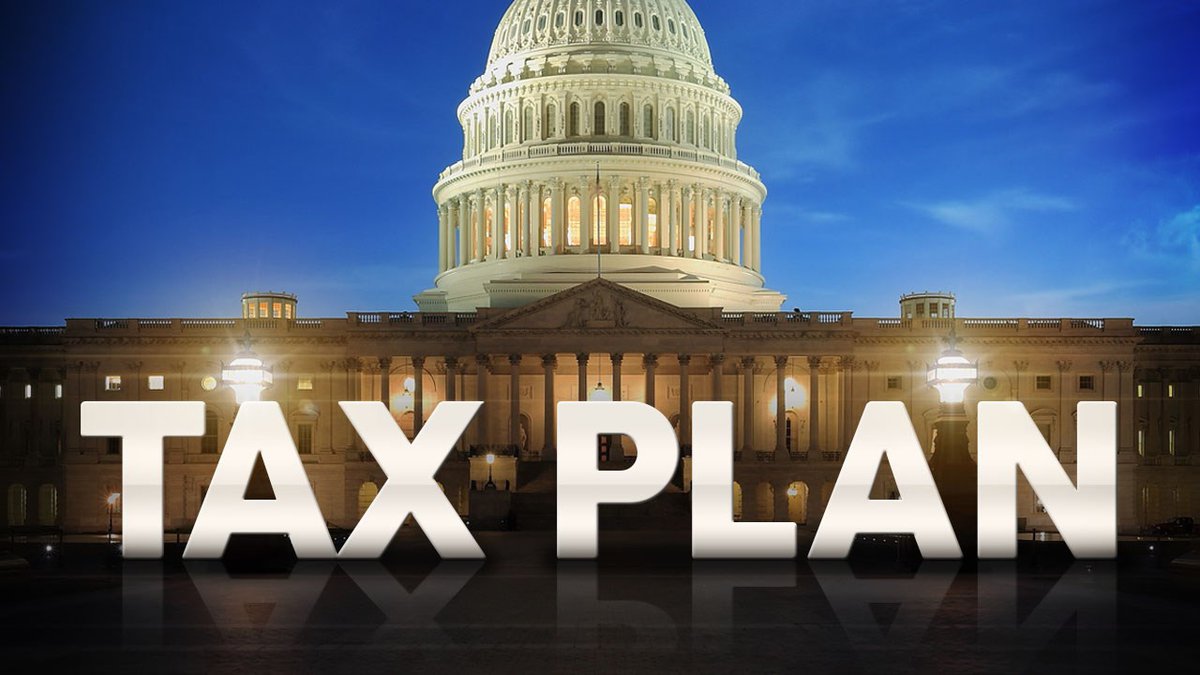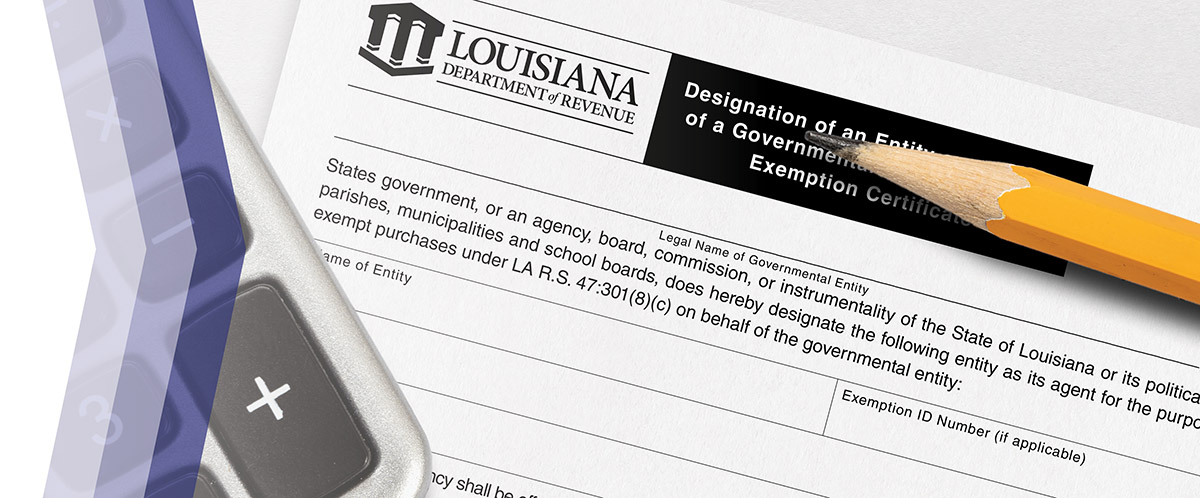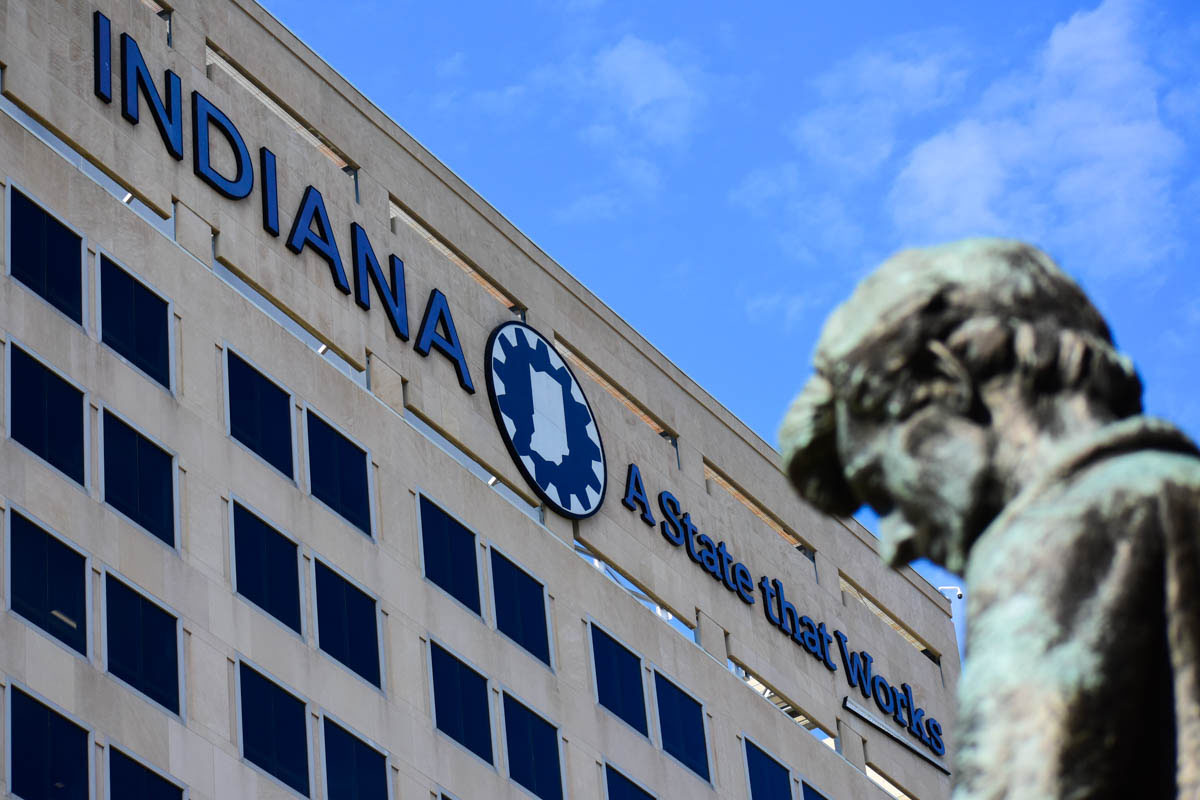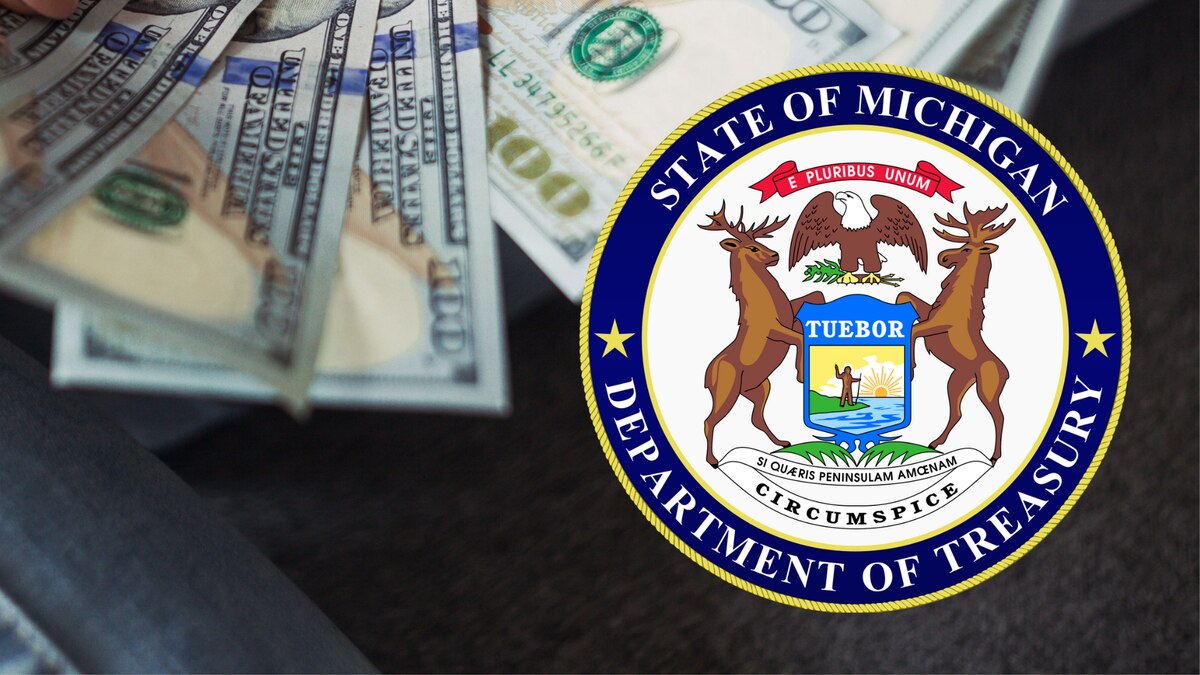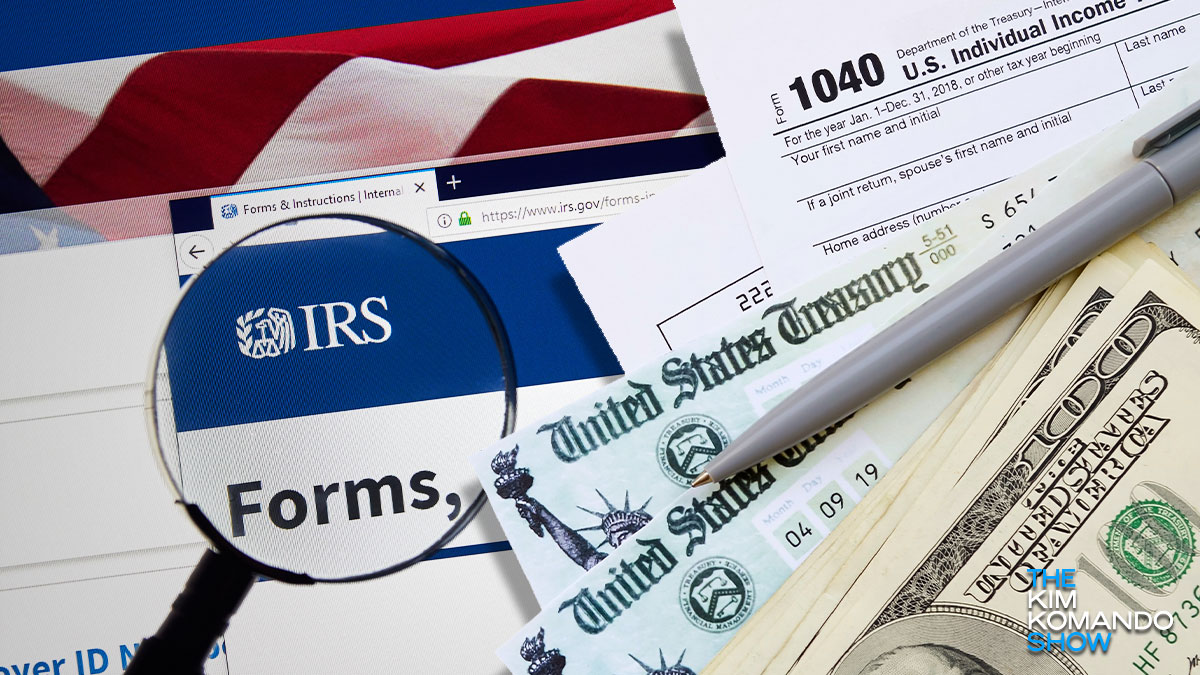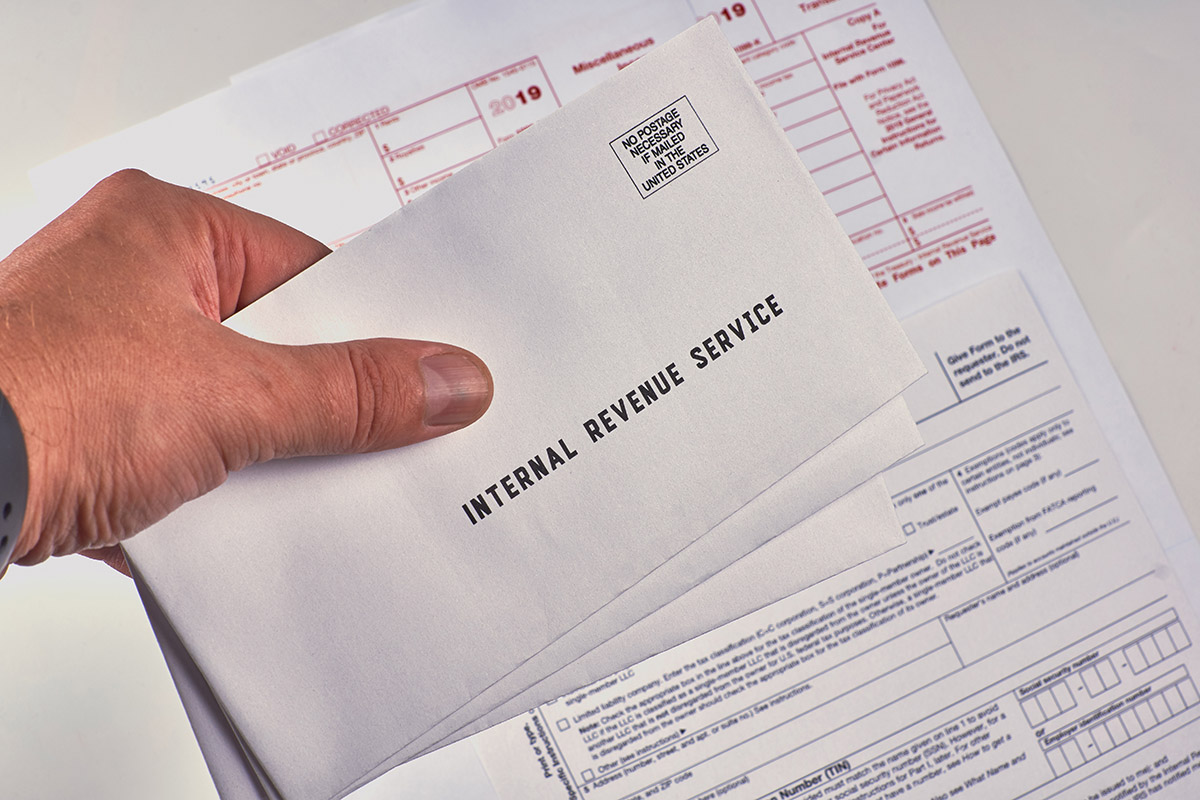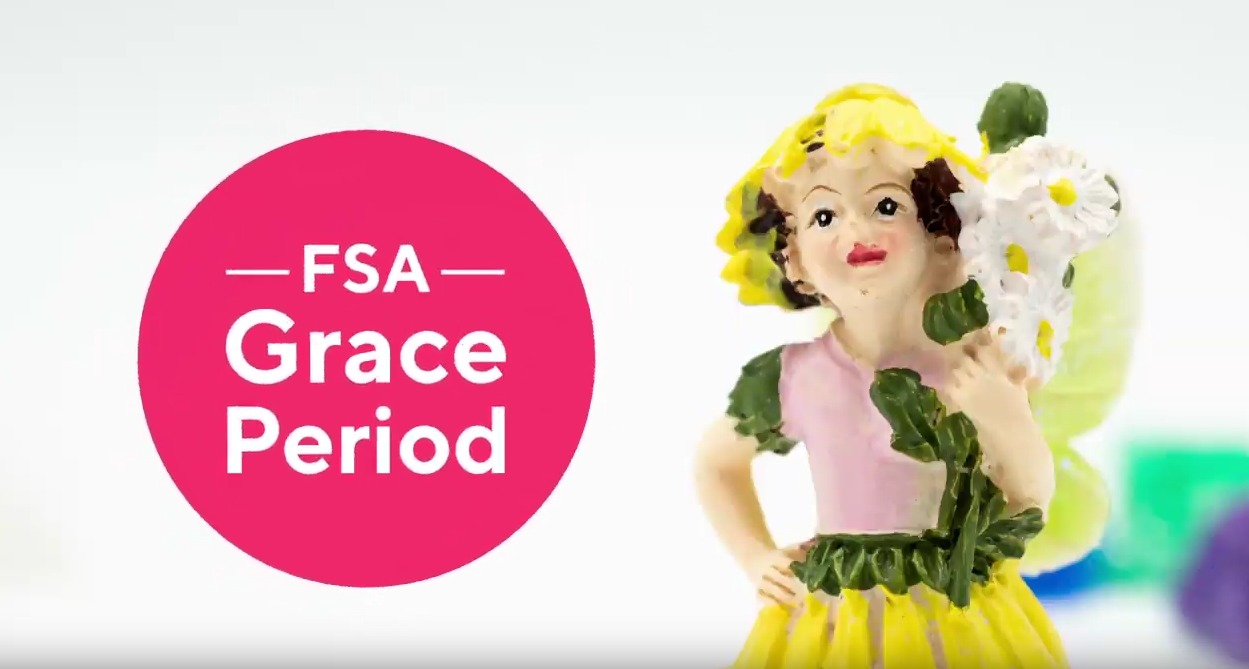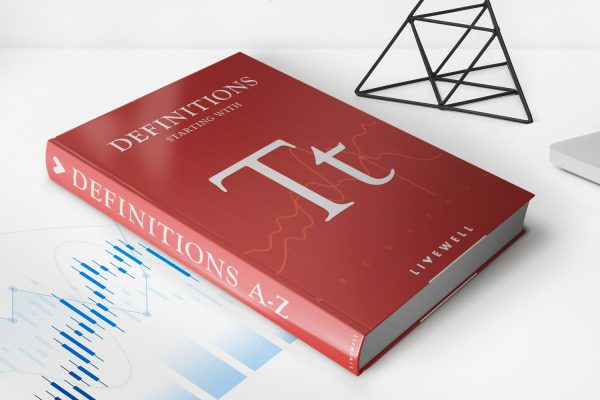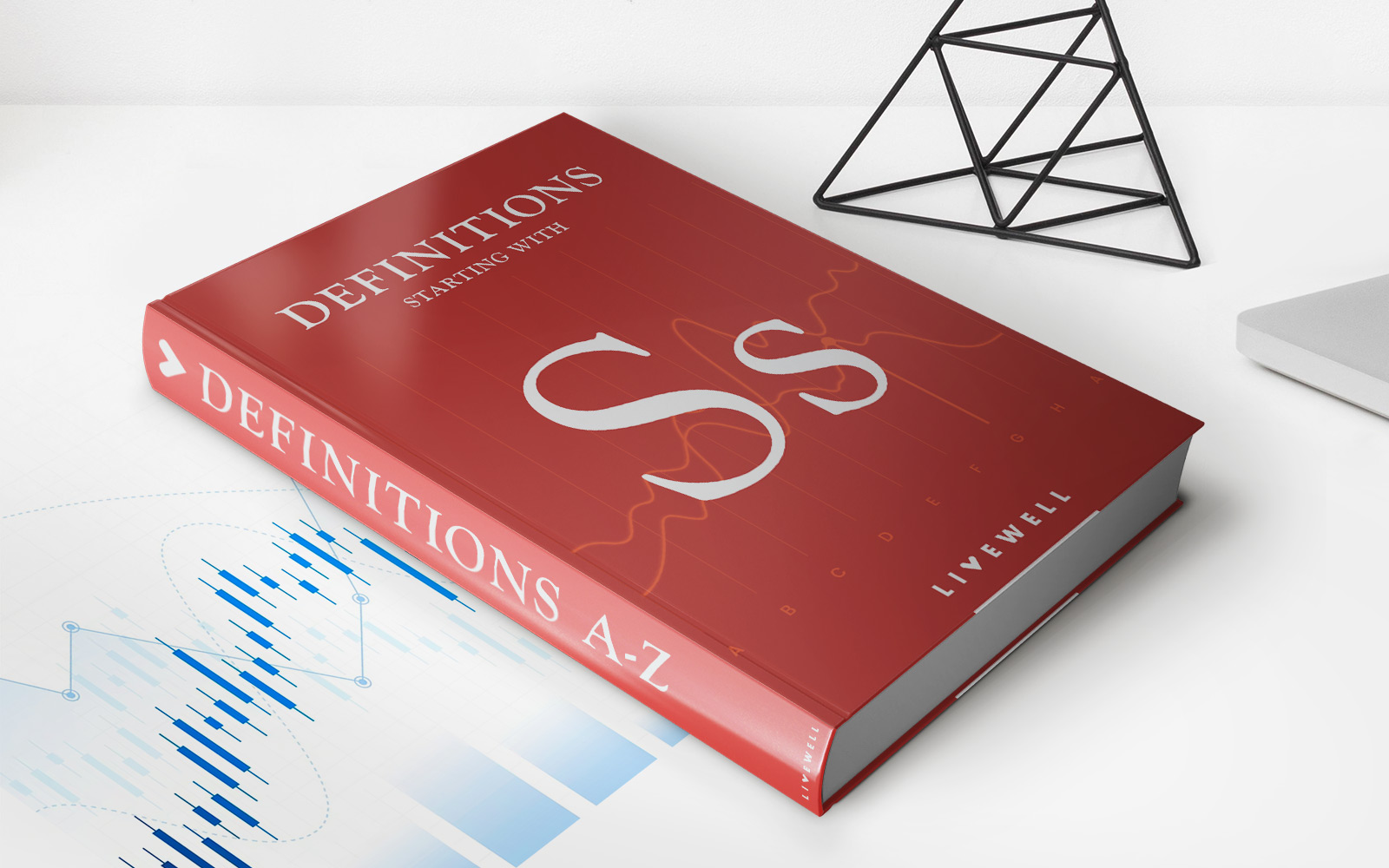

Finance
Where To Mail The 1120 Tax Return
Modified: March 1, 2024
Looking for guidance on where to send your 1120 tax return? Explore our comprehensive finance resources to find the correct mailing address for efficient tax filing.
(Many of the links in this article redirect to a specific reviewed product. Your purchase of these products through affiliate links helps to generate commission for LiveWell, at no extra cost. Learn more)
Table of Contents
Introduction
When it comes to filing taxes for your business, one important form you may need to complete is the 1120 tax return. The 1120 form is used by corporations to report their income, deductions, and tax liability for the year. It is crucial to file this form accurately and on time to avoid penalties and ensure compliance with the Internal Revenue Service (IRS).
However, knowing where to mail the 1120 tax return can be confusing, especially with the various mailing addresses provided by the IRS. This article will guide you through the process, helping you understand the correct address to use and providing you with tips to ensure a successful mailing.
Before we dive into the details of where to mail the 1120 tax return, let’s take a brief look at what the 1120 form is and why it is essential for your business’s tax obligations.
The 1120 tax return is specifically designed for C corporations, which are separate legal entities from their owners. This form allows corporations to report their income, deductions, and tax liability to the IRS. It is essential to accurately calculate the corporation’s taxable income, as it will determine the amount of taxes owed or refunds due.
Filing the 1120 tax return is not just a legal requirement; it is an opportunity for corporations to claim deductions and credits that can reduce their tax liability. By carefully reviewing and documenting your expenses, you can ensure that your corporation takes advantage of all available tax benefits.
Now that we have a better understanding of the importance of the 1120 tax return, let’s explore the common mistakes to avoid when filling out this form to ensure compliance and minimize the risk of an audit from the IRS.
Understanding the 1120 Tax Return
The 1120 tax return is a comprehensive form that requires corporations to provide detailed information about their financial activities for the year. It consists of several sections that cover various aspects of the corporation’s financial operations.
The first section of the 1120 form is the identification section, where you need to provide basic information about your corporation, such as its name, address, and Employer Identification Number (EIN). This section is essential for the IRS to identify and associate the tax return with your corporation accurately.
The next section is the income section, where you report the corporation’s gross receipts or sales. It is crucial to report all income accurately, including revenue from sales, services, interest, dividends, and any other sources of income your corporation may have received during the tax year.
After reporting income, you move on to the deductions section. Here, you need to identify and deduct all eligible business expenses that your corporation incurred during the year. This includes expenses such as salaries, rent, utilities, supplies, advertising costs, and other operational expenses directly related to your business activities.
Additionally, there are specific deductions that are unique to corporations, such as expenses related to shareholder meetings, corporate governance, and tax preparation fees. It is crucial to review the IRS guidelines and consult with a tax professional to ensure you are claiming all eligible deductions accurately.
Once you have completed the income and deductions sections, you will calculate the corporation’s taxable income. This is done by subtracting the total deductions from the total income. The resulting taxable income will determine the amount of tax your corporation owes for the year.
The last section of the 1120 tax return is dedicated to calculating and reporting the corporation’s tax liability. This involves applying the appropriate tax rate to the taxable income and taking into account any tax credits or payments made throughout the year.
It is important to note that while the 1120 tax return may seem complex, there are resources available to help you understand and complete the form accurately. The IRS provides detailed instructions and publications that explain each section of the form, as well as professional tax advisors who can assist you in navigating the complexities of corporate taxation.
Now that we have a clear understanding of the 1120 tax return, let’s explore some common mistakes to avoid when filling out this form for your corporation’s tax obligations.
Common Mistakes to Avoid
Filing the 1120 tax return can be a complex task, and even a small error can have significant consequences. To ensure accuracy and avoid potential penalties or audits from the IRS, it is crucial to be aware of common mistakes that many corporations make when completing this form. Here are some of the most common mistakes to avoid:
- Miscalculating income: Accurately reporting your corporation’s income is crucial. It is essential to include all sources of revenue, such as sales, services, interest, dividends, or any other income generated by your business activities. Missing or underreporting income can lead to underpayment of taxes and potential penalties.
- Incorrectly entering deductions: Deductions play a significant role in reducing your corporation’s taxable income. However, it is essential to ensure that you properly document and categorize each deduction. Common errors include improperly claiming personal expenses as business expenses or failing to separate deductible expenses from non-deductible ones.
- Omitting required schedules or attachments: The 1120 tax return may require you to attach additional schedules or forms depending on your corporation’s activities and financial transactions. Failure to include these schedules or attachments can lead to delays in processing your return or potential inquiries from the IRS.
- Missing or incorrect identification information: The identification section of the 1120 form is crucial for the IRS to associate the tax return with your corporation accurately. Ensure that you provide the correct legal name, address, and Employer Identification Number (EIN) to avoid any confusion or delays in processing your return.
- Forgetting to sign and date the return: It may seem obvious, but forgetting to sign and date the 1120 tax return is a common oversight. The IRS requires the authorized person, typically the corporation’s officer or authorized representative, to sign the return. Failure to do so can result in the return being considered incomplete and subject to penalties.
- Ignoring important filing deadlines: Failing to meet the filing deadline for the 1120 tax return can result in penalties and interest. The due date for filing the return is typically the 15th day of the 3rd month following the end of the corporation’s tax year. However, it is important to note that the deadline may vary depending on weekends, holidays, and fiscal year-end.
- Not keeping proper records: Maintain accurate and organized records of your corporation’s financial activities and supporting documentation for the 1120 tax return. This includes receipts, invoices, bank statements, and any other relevant documents. Adequate record-keeping will not only ensure accurate reporting but also help substantiate your deductions in case of an audit.
By avoiding these common mistakes, you can greatly reduce the risk of errors on your 1120 tax return and ensure compliance with the IRS. Now, let’s move on to the next section, where we will discuss where to mail the completed 1120 tax return.
Where to Mail the 1120 Tax Return
Once you have completed the 1120 tax return for your corporation, the next step is to know where to mail it. The mailing address will depend on the location of your corporation and whether you are sending a payment along with the return.
The IRS has designated specific addresses for different types of corporations and payment scenarios. It is important to use the correct address to ensure that your tax return reaches the appropriate processing center and is timely processed by the IRS.
If your corporation is located in a state that does not have a return processing center, you will generally mail your 1120 tax return to the Department of the Treasury, Internal Revenue Service Center designated for your location. You can find the correct address for your specific state on the IRS website or by referring to the instructions provided with the 1120 form.
However, if your corporation is located in a state with a designated return processing center, you will need to mail your tax return to that center. The IRS has different processing centers depending on the state in which your corporation is located. It is crucial to use the correct center to ensure prompt and accurate processing of your return.
Additionally, if you are including a payment with your 1120 tax return, you may need to mail it to a different address. The IRS has separate addresses for corporations sending payments along with their tax returns. It is important to carefully review the instructions provided by the IRS or consult with a tax professional to determine the appropriate address for mailing your payment.
It is worth noting that the IRS regularly updates the addresses for mailing tax returns and payments. Therefore, it is essential to double-check the latest information on the IRS website or consult with a tax professional to ensure you have the correct mailing address for your specific circumstances.
Now that we know where to mail the 1120 tax return, let’s move on to the next section, where we will discuss the mailing deadlines and extensions.
Mailing Deadlines and Extensions
Understanding the deadlines for mailing your 1120 tax return is essential to avoid penalties and ensure compliance with the IRS. The filing deadline for most corporations is the 15th day of the 3rd month following the end of the corporation’s tax year. However, it is important to be aware of any specific deadlines or extensions that may apply to your situation.
The standard filing deadline for most corporations is March 15th, for those operating on a calendar year. If your corporation operates on a fiscal year basis, the deadline will vary depending on the specific fiscal year-end.
If you are unable to meet the original filing deadline, you can request an extension from the IRS. To do so, you need to submit Form 7004, Application for Automatic Extension of Time to File Certain Business Income Tax, Information, and Other Returns, before the original due date of the 1120 tax return.
The extension will grant your corporation an additional six months to file the 1120 tax return. However, it is important to note that an extension to file does not grant an extension to pay any tax due. If your corporation owes taxes, it is required to estimate the amount and make a payment by the original due date to avoid penalties and interest.
When mailing your extension request or the completed 1120 tax return, it is recommended to use certified mail or a reputable courier service to ensure proof of mailing and delivery. This will provide you with evidence should any disputes arise with the IRS regarding the filing or payment deadlines.
It is crucial to be aware of any changes or updates to the mailing deadlines or extension rules. The IRS may occasionally adjust the deadlines or provide specific guidance based on unique circumstances or disaster relief efforts.
Consulting with a tax professional or regularly reviewing the IRS website will help you stay informed about any changes and ensure that you meet all necessary deadlines for filing your 1120 tax return.
Now that we have covered the mailing deadlines and extensions, let’s move on to the final section where we will provide you with some tips to ensure a successful mailing of your 1120 tax return.
Tips for Ensuring a Successful Mailing
When it comes to mailing your 1120 tax return, there are several tips you can follow to ensure a successful and smooth process. By considering these tips, you can minimize the risk of errors, delays, or complications with your filing. Here are some essential tips to keep in mind:
- Double-check your return: Before sealing the envelope, carefully review your 1120 tax return to ensure accuracy. Check for any missing or incorrect information, calculations, or attachments. Double-checking your return will help avoid potential errors that could trigger an audit or delay the processing of your return.
- Include all necessary schedules and attachments: Ensure that you include all applicable schedules and attachments as required by the IRS. Missing or omitting required forms or schedules can result in delays in processing your return or inquiries from the IRS. Review the instructions for the 1120 tax return to determine which schedules or attachments are necessary for your specific situation.
- Use the correct mailing address: As mentioned earlier, it is crucial to use the correct mailing address for your 1120 tax return. Make sure to double-check the address provided by the IRS for your specific circumstances, whether it is a return processing center or the Department of the Treasury. Using the correct address will ensure that your tax return reaches the appropriate processing center without any delays.
- Consider mailing options: Using certified mail or a reputable courier service can provide you with proof of mailing and delivery. This can be helpful in case any disputes or inquiries arise regarding the filing or payment of your tax return. Additionally, consider keeping a copy of your tax return and all supporting documentation for your records.
- Be mindful of deadlines and extensions: Stay informed about the filing deadlines and any available extensions. Missing the deadline or failing to request an extension can result in penalties and interest. Plan ahead and ensure that you have enough time to complete and mail your 1120 tax return by the applicable deadline or extension due date.
- Keep a record of your mailing: Make sure to keep a record of when you mailed your tax return, including the date and method of mailing. This can serve as evidence in case any issues arise with the IRS regarding the timeliness of your filing.
- Seek professional assistance if needed: If you are unsure about any aspect of filing your 1120 tax return or have complex tax situations, consider seeking assistance from a tax professional. Tax professionals can provide guidance, ensure accuracy, and help you navigate the complexities of corporate taxation.
By following these tips, you can ensure a successful mailing of your 1120 tax return, minimize the risk of errors, and stay in compliance with the IRS. Remember to stay organized, keep accurate records, and stay informed about any changes or updates from the IRS.
Now that we have covered the tips for a successful mailing, let’s conclude our discussion on the 1120 tax return.
Conclusion
Filing the 1120 tax return for your corporation is a crucial task that requires attention to detail and compliance with the IRS guidelines. By understanding the various sections and requirements of the 1120 form, you can accurately report your corporation’s income, deductions, and tax liability.
Throughout this article, we discussed important aspects of the 1120 tax return, such as understanding the form itself, common mistakes to avoid, where to mail the completed return, and the deadlines involved. We also provided tips to ensure a successful mailing and minimize the risk of errors or delays.
It is important to remember that tax laws and regulations may change over time. Staying updated with the latest IRS guidelines, consulting with a tax professional, and reviewing the IRS website can help you navigate the filing process and ensure compliance with the tax laws applicable to your corporation.
Filing your 1120 tax return accurately and on time not only satisfies your legal obligations but also provides an opportunity to maximize deductions and reduce your corporation’s tax liability. By avoiding common mistakes, using the correct mailing address, and following the necessary deadlines and extensions, you can ensure a smooth and successful filing experience.
If you find the process overwhelming or have complex tax situations, do not hesitate to seek professional assistance. Tax professionals can provide valuable guidance, help you navigate the complexities of corporate taxation, and ensure the accuracy of your tax return.
Remember, the 1120 tax return is not just a form to be completed, but an opportunity to review your corporation’s financial activities, claim deductions, and fulfill your tax obligations. With careful attention to detail, accurate reporting, and adherence to the IRS guidelines, you can confidently fulfill your corporation’s tax responsibilities.
Now that you are equipped with a better understanding of the 1120 tax return and the mailing process, you can proceed with confidence in fulfilling your corporate tax obligations. Good luck with your filing, and may your corporation continue to thrive!
